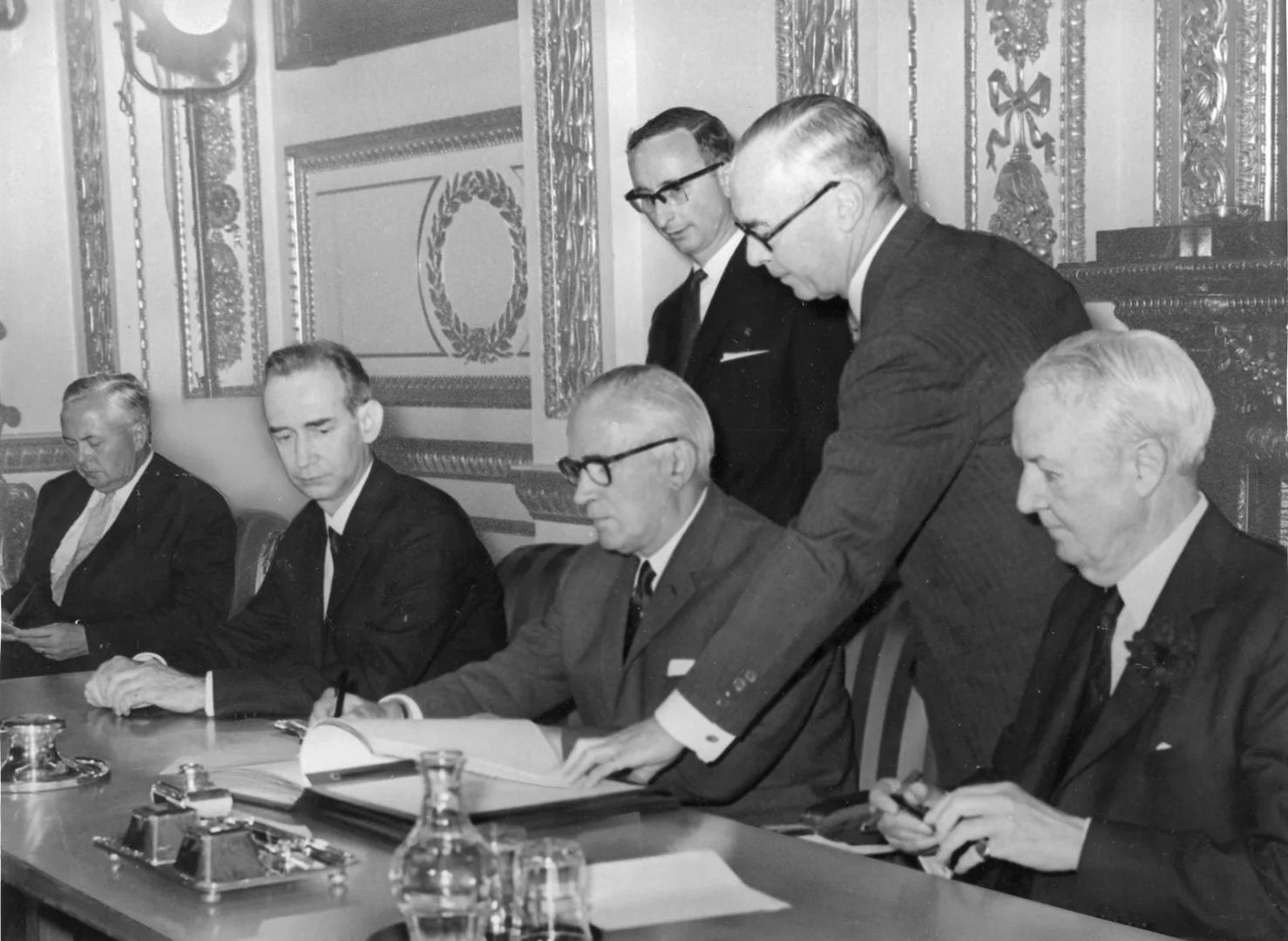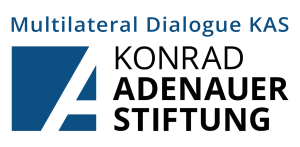The objective of the Treaty on the Non-Proliferation of Nuclear Weapons (NPT) is to prevent the spread of nuclear weapons and weapon technologies and promote peaceful uses of nuclear energy. The treaty opened for signature on 1 July 1968 and came into force on 5 March 1970. Every five years review conferences (NPT RevCon) are held for member states to review compliance with its obligations, assess implementation, and explore ways to address any shortcomings. On 11 May 1995, at the fifth RevCon the NPT was extended indefinitely. As of November 2021, the treaty has 191 members, including the five nuclear-weapon states.
Why It Matters
The first countries to sign the NPT were the Soviet Union, the UK, US, and 59 other states. The treaty classifies states into two categories: nuclear-weapon states (NWS) and non-nuclear-weapon states (NNWS). Nuclear-weapon state status requires having manufactured a nuclear explosive device and tested it by 1 January 1967. India, Israel, and Pakistan consider the NPT discriminatory and have refused to sign it. North Korea left the treaty in 2003.
The NPT rests on three pillars: disarmament, non-proliferation, and peaceful uses of nuclear energy. Article VI requires the NWS to continue negotiations on ‘measures relating to cessation of arms race, nuclear disarmament, and a treaty on general and complete disarmament.’ NNWS conclude a safeguards agreement with the International Atomic Energy Agency (IAEA) allowing the agency to use technical means and safeguards inspections to detect any diversion of nuclear material from peaceful nuclear activities, and detect undeclared nuclear material and activities. NNWS in return get support to use nuclear energy for peaceful purposes.
Further materials:
https://www.iaea.org/sites/default/files/publications/magazines/bulletin/bull22-3/223_403587380.pdf
https://www.iaea.org/topics/npt-review-conferences
https://nuke.fas.org/control/npt/
https://www.iaea.org/sites/default/files/publications/documents/infcircs/1970/infcirc140.pdf





